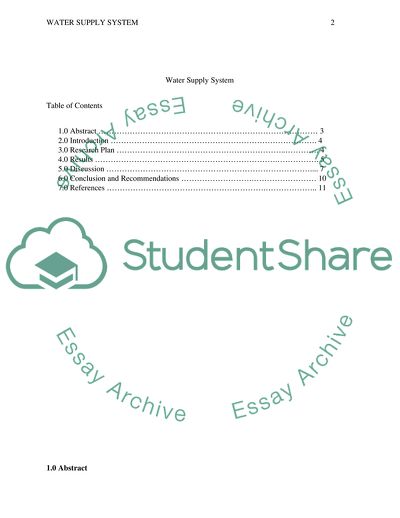Cite this document
(Does the Water Supply System Meet Need of the Current Customer Coursework Example | Topics and Well Written Essays - 1750 words, n.d.)
Does the Water Supply System Meet Need of the Current Customer Coursework Example | Topics and Well Written Essays - 1750 words. https://studentshare.org/engineering-and-construction/1769610-does-the-water-supply-system-meet-need-of-the-current-customer
Does the Water Supply System Meet Need of the Current Customer Coursework Example | Topics and Well Written Essays - 1750 words. https://studentshare.org/engineering-and-construction/1769610-does-the-water-supply-system-meet-need-of-the-current-customer
(Does the Water Supply System Meet Need of the Current Customer Coursework Example | Topics and Well Written Essays - 1750 Words)
Does the Water Supply System Meet Need of the Current Customer Coursework Example | Topics and Well Written Essays - 1750 Words. https://studentshare.org/engineering-and-construction/1769610-does-the-water-supply-system-meet-need-of-the-current-customer.
Does the Water Supply System Meet Need of the Current Customer Coursework Example | Topics and Well Written Essays - 1750 Words. https://studentshare.org/engineering-and-construction/1769610-does-the-water-supply-system-meet-need-of-the-current-customer.
“Does the Water Supply System Meet Need of the Current Customer Coursework Example | Topics and Well Written Essays - 1750 Words”. https://studentshare.org/engineering-and-construction/1769610-does-the-water-supply-system-meet-need-of-the-current-customer.


